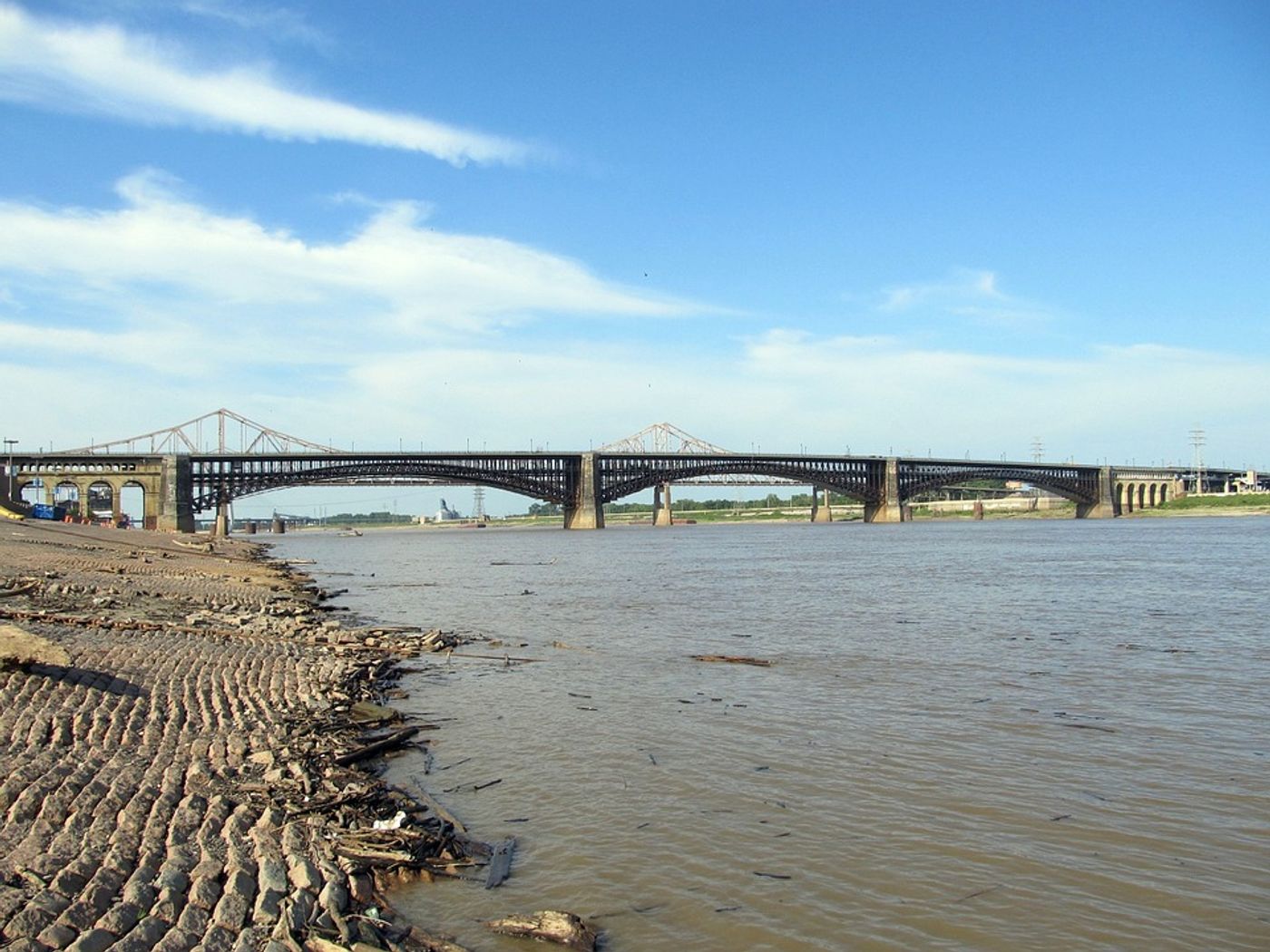Repeated flooding accelerates levee breaking points
New research published in Engineering and Biology shows that repeated instances of flooding have dangerous and often invisible effects on levees. The study used the Princeville levee in North Carolina as a case study and examined the effects of flooding from hurricanes Floyd and Matthew on the levee.
"Traditionally, levee safety inspections are based on visible signs of distress on the surface," says first author Rowshon Jadid, a Ph.D. candidate at North Carolina State University. "What we've found is that as a levee goes through repeated flood events, it gets weaker -- but the damage may be invisible to the naked eye."
"This is particularly relevant now since we're seeing severe flooding more often," says co-author Brina Montoya, an associate professor of civil, construction and environmental engineering at NC State.
The US has already received significant critique for its aging levee system due to the disaster resulting from Hurricane Katrina. According to the U.S. Army Corps of Engineers, there are 45,703 levee structures in the United States, stretching for 27,881 miles. In total, they average 56 years old.
"Because these levees are aging, and we have limited resources available to maintain them, we need to determine which levees should be prioritized for rehabilitation efforts that will reduce their risk of failure," Jadid explains.
"There are inspection regimes in place, where officials look for signs of distress and structural damage," says another co-author on the study Mohammed Gabr, who is a Distinguished Professor of Civil Engineering and Construction at NC State. "However, some of these visual signs can be missed and, in many cases, by the time we can see the problem, it's either too late or too expensive to fix."
"The work we've published here demonstrates the increased risk of levee failure with the repeated flooding cycles and serves to help the profession with identifying levees with the highest risk of failure before signs of distress are visually observed," comments Gabr.
The researchers hope to continue their investigations in order to develop a system that can identify level damage more accurately than the current systems in place.
Sources: Science Daily, Engineering and Biology









